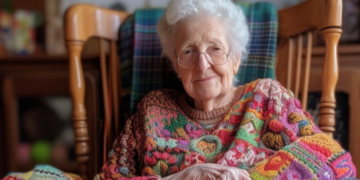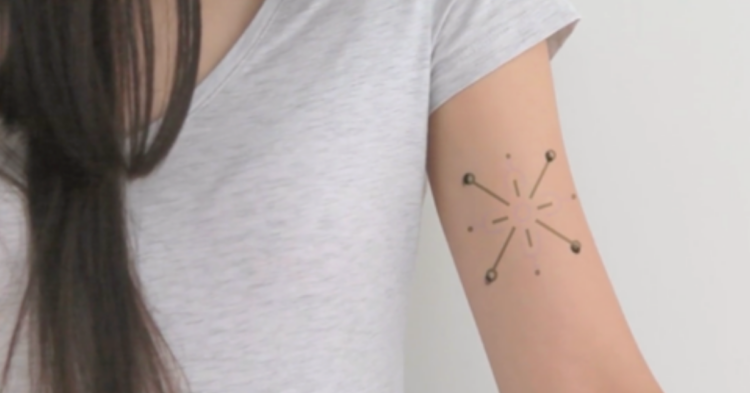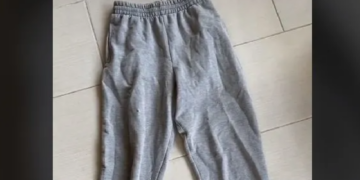Who knew that tattoos could serve a function outside of just looking cool as heck?
It’s true thanks to some amazing scientists over at MIT in Boston. They’ve created ink that changes colors to alert diabetic patients of changes in blood sugar levels.
Diabetes is a pretty common disease and condition.

Around 10% of the whole American population suffers from some form of it.
Essentially, the body can’t produce insulin all that well, which the body needs to be able to use sugar as an energy source.

If levels aren’t managed, complications can arise.
If treated early, many of the symptoms of diabetes can be managed.

This is mainly done by checking glucose levels, AKA blood sugar levels.
By checking blood sugar levels, people with diabetes can ensure their levels aren’t too low or too high.

Just right!
Arguably the most common method to check blood sugar levels is with a finger prick.
I’m sure after awhile, people get used to it, but the cost and time can really add up.
However, researchers at MIT are developing a new color-changing ink that responds to changes in the body.

Called the DermalAbyss project, the tattoo ink is replaced with four biosensors that change in response to body fluid.
The pH sensor changes between purple and pink, and the glucose sensor changes between blue and brown.

Sodium and a second pH level are two other sensors that change at a high intensity under a UV light.
This color-changing tattoo was made with diabetics in mind, as they need to constantly be checking their glucose levels with a finger prick multiple times a day.

Getting a one-time tattoo can save time and money, especially if you don’t have coverage for glucose devices.
The research is currently in a testing phase right now.

The researchers used pig skin to test the efficacy of the color-changing ink.
The researchers aren’t in a stage to test on humans just yet, but definitely keep your eyes out!

Hopefully this project will turn into a product, soon.
In the meantime, check out the team’s video to see the color-changing ink in action.

















































